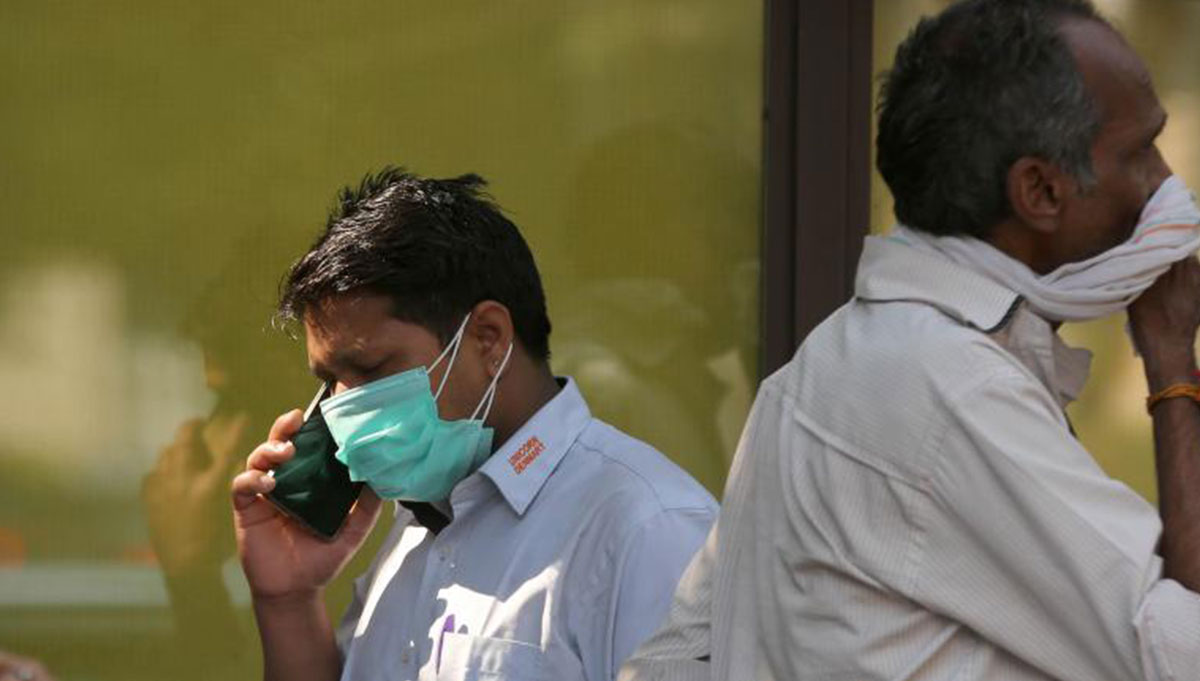GET IN TOUCH
- Please wait...

According to the Bangladesh Telecommunication Regulatory Commission (BTRC), Bangladesh has at present over 165 million subscribers, of whom 93.5 million are mobile internet subscribers.
4G has transformed the sector with massive gains in internet speeds, which has fed a growing demand for data services. Year-on-year, data consumption rose 46% between 2017 and 2018 and has been on a high trajectory since, on the back of increasing demand for digital services. [2]
This demand is expected to drive revenue growth by 34 percent in the next five years to $5.08 billion from $3.8 billion at present, on the back of expanding user base and wide range of services. [3]
In contrast to most other sectors, the telecommunication sector at large is expected to benefit from the COVID-19 outbreak. As social distancing confines more and more people indoors, both business and entertainment will shift to the virtual realm. In this scenario, the country’s telecom companies are expected to see a substantial increase in data consumption accompanied by a jump in voice calls in the coming days. [4]
However, the story may be different on the consumer end. The leading mobile network operator, Grameenphone, has been failing for some time to ensure that its Quality of Services (QoS) is up to BTRC standards [5].
At the same time, the mobile industry’s combined investment fell 19% year-on-year to Tk 3,695.72 crore in 2019, the lowest in recent years, as the regulatory regime continues to spook the foreign owners of the top two carriers. [6]
Combined with the projected surge in demand and a reluctance to invest on the part of MNOs, consumers can expect to be faced with substandard services. Already, the shifts in consumption patterns across Europe due to the lockdown effects of the coronavirus are leading to internet throttles on video streaming services [7], and such measures cannot be ruled out in Bangladesh to preserve the quality of service.
While the demand will somewhat subside for digital services once the lockdown and social distancing measures post-COVID-19, it is likely to permanently strengthen the base of data subscribers as more subscribers are expected to become hooked onto digital services.
Whether this will spur accelerated investment by MNOs is less certain and will depend largely on the regulatory environment. As it stands, investment is not likely to pick up.
The government can take various measures to help improve the quality of services provided by MNOs. For one, it can relax the timeline for MNOs to pay outstanding dues as per BTRC’s audit claim contingent on MNOs directing some of the capital towards increased investments in improved network infrastructure and quality of services.
The government can also offer tax breaks to the MNOs with the condition to pass on lower data and voice costs to subscribers, and for MNOs to allocate more of their already prominent CSR funds towards a coordinated COVID-19 response.
Author: Saif Nazrul, Senior Business Consultant, LightCastle Partners
The LightCastle team has been analyzing the macro and industry level picture and possible impacts wrought about by the Covid-19 crisis. Over the following days, we’ll be covering the major sectors shedding light on the possible short and long-term ramifications of the global pandemic. Read all the articles in the series.
Our experts can help you solve your unique challenges
Stay up-to-date with our Thought Leadership and Insights